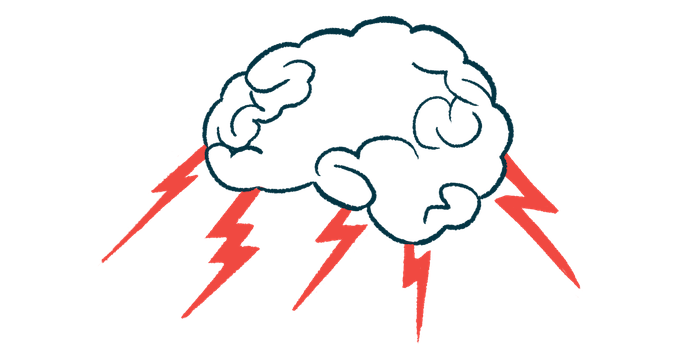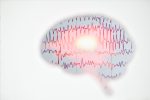Benzodiazepines Treat Most Status Epilepticus Cases in 10 Children

Anticonvulsant therapies in the benzodiazepine class successfully suppressed nearly 62% of all episodes of status epilepticus in children with Dravet syndrome, a study reported, whereas second-line treatments were required in the remaining cases.
As no identifiable clinical features could distinguish benzodiazepine (BZD) responders from non-responders, findings overall suggest that BZD remains a reasonable first-line treatment approach for status epilepticus, its researchers said.
The study, “The effectiveness of intravenous benzodiazepine for status epilepticus in Dravet syndrome,” was published in Brain and Development.
Repetitive seizures are the hallmark symptoms of Dravet, for which patients use a variety of anti-epileptic medications. Seizures lasting longer than five minutes are known as status epilepticus, a medical emergency that requires additional on-demand treatments to suppress seizure activity.
First-line approaches usually include BZDs, which act to slow the excessive nerve cell activity that causes seizures. If these medications fail, second-line approaches are employed until the seizures can be stopped.
A research team in Japan investigated the efficacy of BZD as a first-line approach for treating status epilepticus among Dravet patients seen at the Saitama Children’s Medical Center between January 2010 and October 2020.
Records covering a total of 10 children — three boys and seven girls — were included in the study. Mutations in the SCN1A gene, the leading cause of Dravet, were identified in five children.
A median of five status epilepticus episodes — a single or intermittent seizure lasting more than 30 minutes — were analyzed per child, with a total of 68 episodes in the study. They occurred at a median age of 31 months (about 2.5 years), peaking in frequency between ages 1 and 2, after which their frequency generally declined.
Through visual examination, the physicians determined that these status epilepticus episodes were convulsive, or those involving motor signs like shaking and twitching, 85.3% of the time (58 episodes), and nonconvulsive, meaning an altered mental state but no overt convulsions, 14.7% of the time (10 episodes).
First-line treatment with midazolam or diazepam, both benzodiazepines, was successful in 42 status epilepticus episodes (61.8%). Specifically, episodes stopped with use of midazolam alone in 20 cases, diazepam alone in 13, and a combination of the two in nine cases — eight of which were treated with diazepam then midazolam, and one that gave them in the reverse order.
For the remaining 26 status epilepticus episodes (38.2%), BZPs were not successful. In these cases, a second-line treatment of either phenobarbital, phenytoin, or additional midazolam was administered at the physician’s discretion.
Status epilepticus successfully stopped in all nine patients who were treated with a continuous infusion of midazolam as a second-line treatment, whereas phenobarbital was effective in 14 out of 17 cases. Two out of five episodes treated with phenytoin ceased. One child was treated with a third-line treatment, called thiopental, which successfully stopped the status epilepticus.
No significant differences were seen in clinical features or the use of other oral anti-epileptic medications at the time of status epilepticus between those who responded to a first-line BZP and those who did not. While platelet counts did differ between the two groups, both were in normal range, the researchers found.
Of note, even in individual patients, BZP treatment was effective for some status epilepticus episodes and ineffective for others, a finding that requires further investigation, the researchers said.
Adverse events were reported in 19 of these 68 total status epilepticus episodes, including 11 in the BZP-responding group and eight in the non-responding group.
In all 19 events, respiratory suppression was reported. Significantly more of these incidents required the placement of a breathing tube in the BZD non-responders group (four children) than the responders group (one child). This finding could be related to the longer seizure duration time among this group, or to combinations of medications that might suppress respiration, the researchers suggested.
Two children, both in the BZD non-responders group, experienced a neurological reaction called encephalopathy with fever. Phenytoin’s use stopped status epilepticus for one patient, and a continuous midazolam infusion for the other child.
Overall, the researchers noted that the findings support the use of BZD as a first-line treatment. While phenobarbital or continuous midazolam infusions appear to be successful second-line approaches, “further research is necessary to investigate the effectiveness of [phenytoin] for [status epilepticus] in patients with Dravet syndrome,” they wrote.
Furthermore, “to investigate the relationship between patients’ characteristics, such as the results of SCN1A variant and response of intravenous [anti-epileptic drugs], a larger sample size will be needed,” the researchers added.







